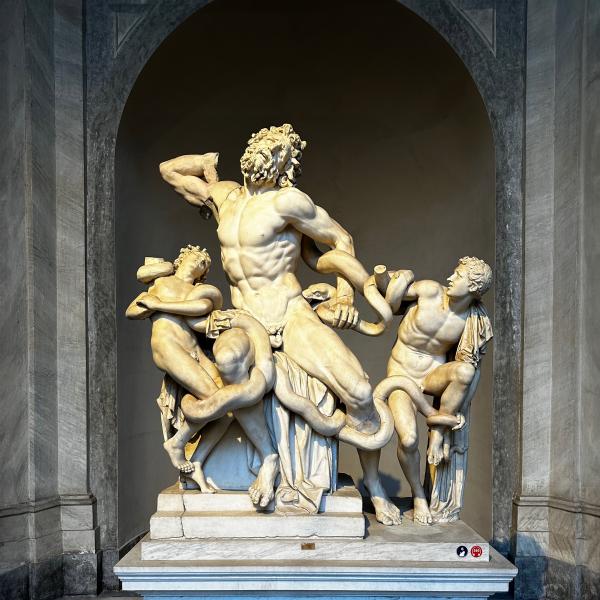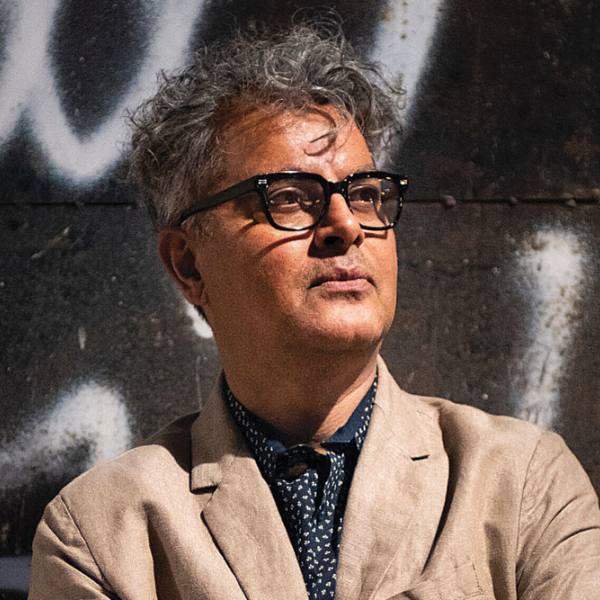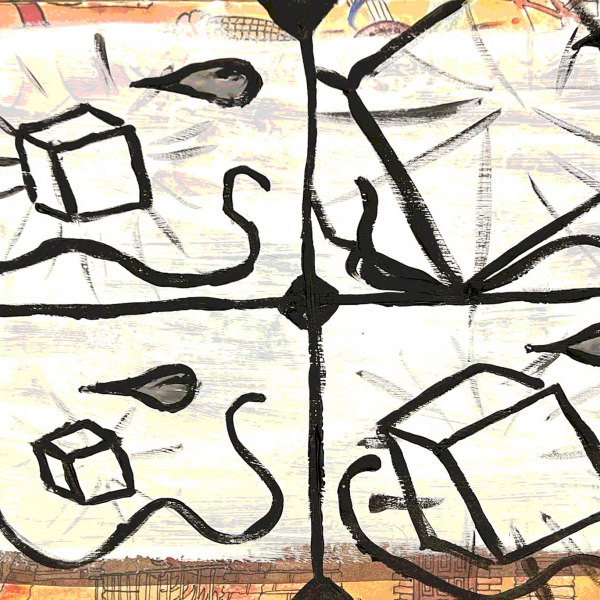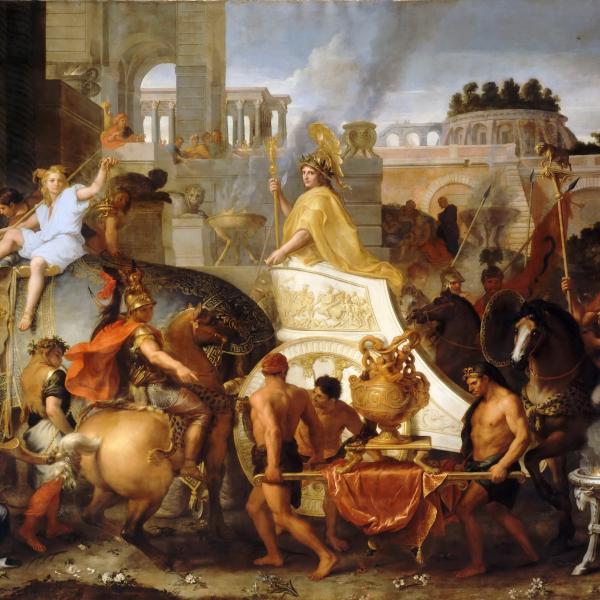On Tuesday, October 25, Christopher Newfield, a professor of literature and American studies at the University of California, Santa Barbara, delivers the lecture “Why Don’t Universities Support Racial Equality?” at Washington University. Newfield has staked a position as a critic of and a change agent in higher education, writing books such as Ivy and Industry: Business and the Making of the American University, 1880–1980 and Unmaking the Public University: The Forty Year Assault on the Middle Class. In his talk, Newfield will discuss universities’ role in American resegregation and propose how they might help to resolve racial disparity. Below, Provost Holden Thorp writes on higher education’s current climate of close analysis — both inside and outside of the academy — and suggests a focus on three key areas that reveal higher education’s core values.
Higher education is the subject of analysis, criticism and commentary at perhaps the greatest point in history. Racial and other tensions on college campuses have received wide scrutiny, books and documentaries appear on the subject at a high rate, and ranking lists come like rain. The best readout of this is perhaps that Frank Bruni wrote a column in the New York Times whimsically suggesting that Stanford had not admitted anyone this year — and a lot of readers thought it was real. A whole field of the humanities — now often called “university studies” — has sprung up; Chris Newfield is certainly one of the new field’s top thinkers, along with Sara Goldrick-Rab and many others.
What’s up with this? How did we end up with this much self-reflection and external analysis? I believe there are several internal and external factors.
Internally, there are a lot of worries about the future of the institutions. For the state universities, the disinvestment by state legislators is taking a significant toll on faculty morale through the lack of raises, low numbers of faculty searches, and movement of academic responsibility onto staff and fixed-term faculty. The political dimension of this is well described: There is now a documentary called Starving the Beast suggesting that the disinvestment is a move to weaken the universities. Governor Scott Walker’s tangles with the University of Wisconsin led Sara Goldrick-Rab to depart for Temple University in spectacular fashion.
For private universities, many of the same trends are taking hold, albeit with less force. The 2008 recession, followed by a period of stagnant endowment returns, is creating strain and slowing the growth of the faculty. Demands from students, families and alumni are pulling resources away from the classroom and research. Humanists worry about a continued move to careerism and science. PhD programs are struggling to place students — in the American Association of Universities, only about 10 percent of PhD students are landing tenure-track jobs.
Externally, the longtime skeptics about higher education continue to worry about the things they’ve always worried about, but they have greater influence in state legislatures and on governing boards. But even the friends of higher education — such as Frank Bruni — are beginning to ask a lot of questions about whether attending selective universities is worth the cost and effort, whether the undergraduate culture is conducive to learning, and whether the teacher-scholar ideal still even works in the era of “adjunctification” and intense competition for faculty that often leads to lower teaching loads for highly sought-after professors.
What do to? Well, there is a silver lining, which is that the heightened interest provides higher education with a greater opportunity to show what we value. I think we need to do three things in particular.
 1. Double down on undergraduate education. Teaching undergraduates is a privilege. The retreat of tenure-track faculty from undergraduate education is corrosive and impossible to explain to an outside observer. Undergraduate courses should be the best that we have to offer — it is how we get new humanists and scholars. Fixed-term faculty can do a great job with these courses, but tenure-track faculty should not feel it is beneath us to teach introductory courses. It isn’t.
1. Double down on undergraduate education. Teaching undergraduates is a privilege. The retreat of tenure-track faculty from undergraduate education is corrosive and impossible to explain to an outside observer. Undergraduate courses should be the best that we have to offer — it is how we get new humanists and scholars. Fixed-term faculty can do a great job with these courses, but tenure-track faculty should not feel it is beneath us to teach introductory courses. It isn’t.
2. Find paths for our PhDs. We used to refer to students who pursue things other than tenure-track jobs as being in “alternative careers.” Now, the tenure-track job is the alternative career. That doesn’t mean a PhD is not a great thing. We need to be truthful with our students when they come in about their prospects, supportive of their goals whatever they are, and happy for them when they go on to do great things outside of academia.
3. Proclaim the importance of the liberal arts. Shout it from the rooftops. The liberal-arts education defines American higher education. It provides students with the opportunity to explore and to develop the habits of mind necessary for a thriving democracy.
There are many other things, but these three stand apart as far as I’m concerned.
Embedded in these ideas is the concept of welcoming self-criticism. We can’t pride ourselves on teaching critical thinking to our students and then shun critical analysis of ourselves. Chris Newfield is sure to challenge us in that way, and I look forward to the discussion.




